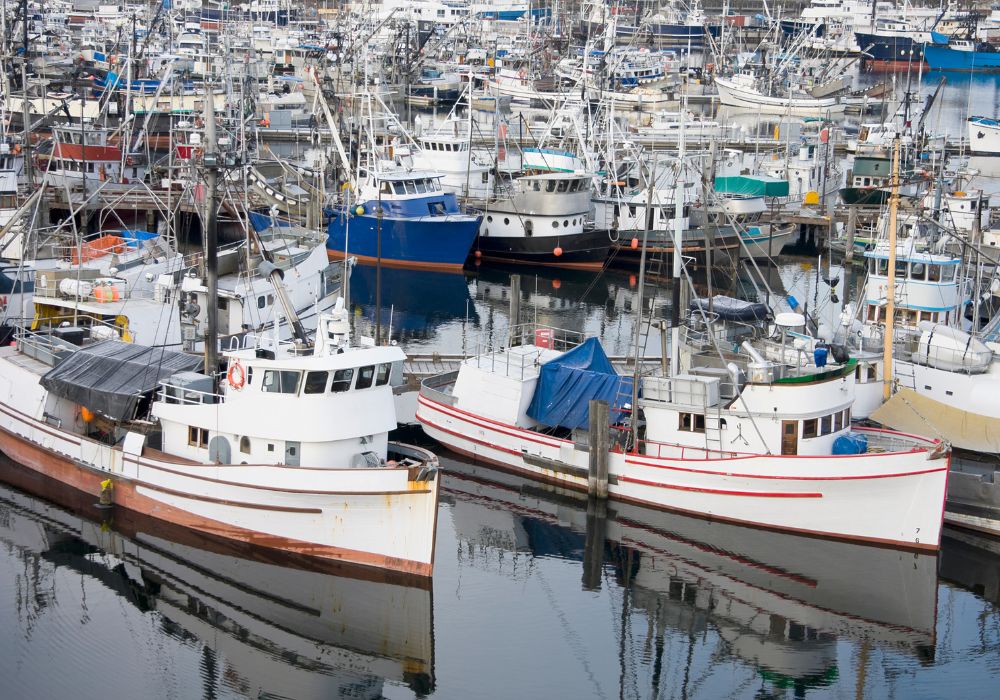Losses at sea can happen to even the most experienced and well-prepared businesses operating in the maritime industry. From storms to equipment failure, the risks are numerous and can have a significant impact on your bottom line. That's why having proper marine insurance coverage in place is so important.
But what do you do in the event of a loss to your vessel or deckhand injury? What should you expect during the claims process? And how can you ensure that you reduce your down time and have your damage covered?
The first step in a loss situation is to act as if you didn’t have insurance. Protect the vessel and deckhands from further loss &/or injury. Once everything (Vessel is seaworthy or laid up) and everyone is safe (injuries have been tended to), take photos, and write a statement of the incident. Have your deckhands write statements especially when an injury is involved. Contemporaneous statements are key to protecting your interests and getting coverage for your loss. The Coast Guard also has loss forms to complete depending on your situation. See the COAST GUARD MARINE CASUALTY REPORTING for more information.
If you have a pollution policy and a pollution event has happened or is at risk of happening, call your pollution insurance company directly as soon as possible.
Otherwise, on a commercial vessel, your first report of loss will be to your insurance agent. Call your agent to discuss the details of the incident. The agent will take notes of the date of loss, cause of the incident if known, contact information of all involved (Owner, skipper if different, vendors, 3rd parties, injured deckhands), where the incident occurred and where the vessel is now. Your agent will then notify your insurance company(ies).
The Parties to the Commercial Vessel Insurance Claim and their participation:
| In a Hull Loss | Participation |
| Owner | Mitigates further damage, reports the claim, manages the repairs, reports to the Marine Surveyor all bids, expenses, and status of repairs. |
| Insurance Agent | Takes the claim, reports the claim to the insurance company(ies), communication between all parties, facilitate progress payments to vendors. |
| Insurance Company Adjuster | Assigns marine surveyor, Reviews Statements from owner and surveyor, reviews policy wording, approves or denies coverage, funds progress payments to vendors or owner. |
| Marine surveyor | Boots on the ground, physically inspect the damage, reports findings and cause of loss to adjuster(s), approves bids and costs, approves progress payments. |
| In a Liability (P&I) Loss | Participation |
| Owner | Mitigates further loss, reports the claim, Obtains statements from himself, witnesses, and other deckhands |
| Insurance Agent | Takes the claim report, reports the claim to the insurance company(ies), facilitates communication between all parties. |
| Insurance Company Adjuster(s) | Assigns 3rd party P&I adjuster, assigns legal, if needed, reviews Statements from owner and surveyor, reviews policy wording, approves or denies coverage, funds payments due. |
| 3rd Party P&I Adjuster | Communicates with owner, injured party(s), medical facilities, Others involved in the incident. Reports to Insurance Company adjuster(s), requests funds as needed, pays vendors as needed. |
| Attorney or legal | If the incident needs legal intervention, the insurance adjuster will assign an attorney to work with owner and opposing party to work out a settlement. |
The owner is the driver and manager of repairs. The approval of coverage and costs of repairs can sometimes take time.
There are many people involved in a commercial vessel claim. There is a lot of coordination and communication of people to process a Hull or P&I claim. Just remember, the driver of repairs in a hull loss, is you, the owner of the vessel. The more you communicate with the repairers, surveyors, agent, and adjuster, the faster things will progress. On a P&I loss, make sure injuries are tended to then report the claim. Once you report the claim and give your statement, the owner’s involvement is pretty limited.
Making a marine insurance claim can be a complex and time-consuming process, but having proper coverage in place can make a significant difference in the outcome. At Sea Mountain Insurance, we understand the unique needs of businesses operating in the maritime industry and can help you navigate the claims process, ensure your claim goes as smoothly as possible and get you back operating as quickly as possible. Contact a Marine Insurance Specialist today to learn more.
